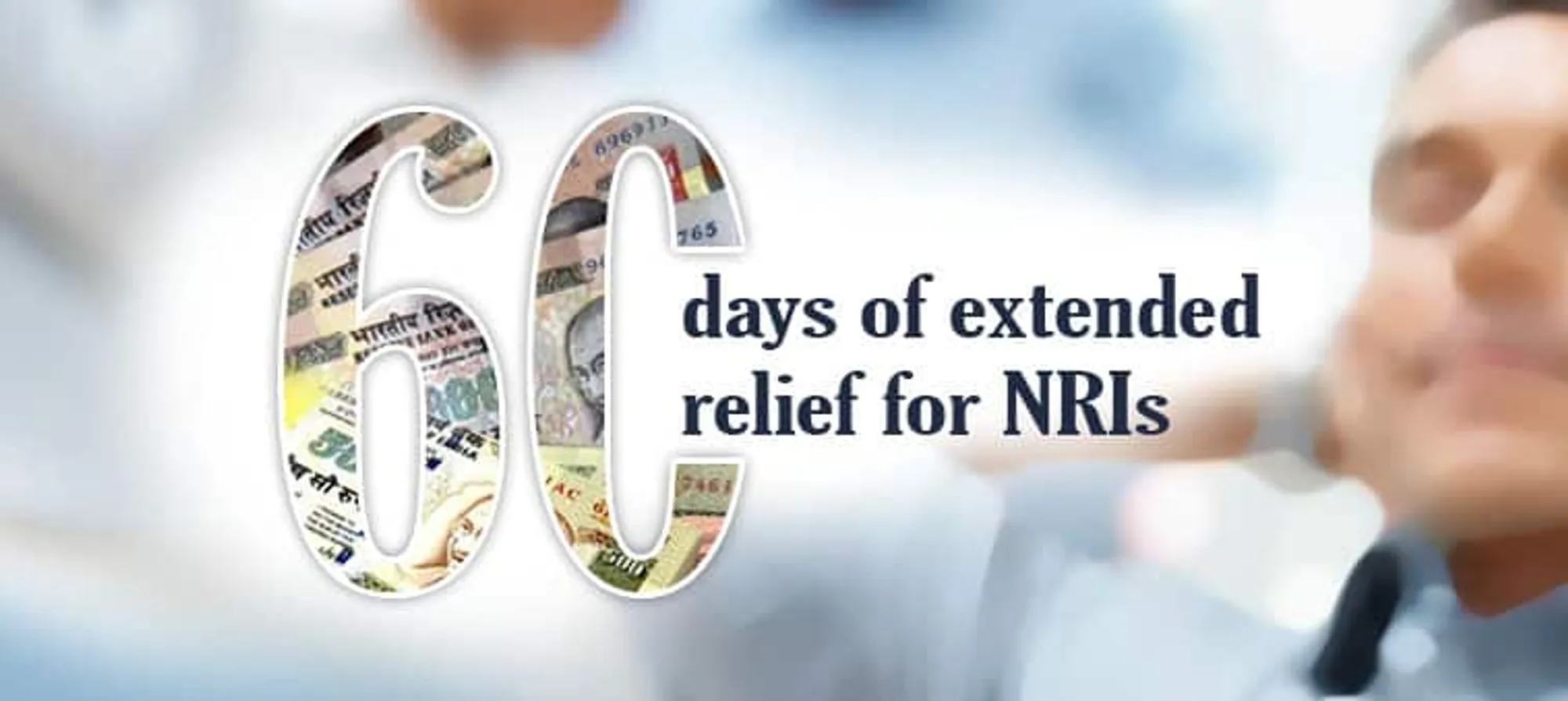As the country waited for the Prime minister’s speech on 31st December 2016 with anxiety and anticipation, the RBI prepared some more guidelines to make demonetisation a relatively process for the NRIs. Midnight, the central banking authority of India declared that it was extending the date by which the NRIs can exchange their banned notes.
- Instead of March 31, the NRIs can now exchange the old 500 and 1000 rupee notes till June 30, 2017.
- The facility will be available through Reserve Bank offices at Mumbai, New Delhi, Chennai, Kolkata, and Nagpur.
- However, Indian citizens resident in Nepal, Bhutan, Pakistan and Bangladesh cannot avail this facility.
- The customs officials have prepared a one-page form that will have to be filled up by the NRIs when they come to India, to declare the details of the money they are bringing in.
- Then the demonetised currency along with the form has to be submitted to the specified RBI branches.
- The money being brought into the country by NRIs, as earlier, remains subject to the Foreign Exchange Management (Export and Import of Currency) Regulations, 2015.
- NRIs will also have to submit a copy of their passports with immigration stamps to prove that they were not in the country between November 9 and December 30, 2016.
- In case any person is aggrieved by any refusal on the part of the RBI to credit the value of the demonetised notes, he or she can complain within fourteen days to the Central Board of the RBI, Mumbai.
Almost two months after the government came up with the massive demonetisation process, here are some of the trivia on the step taken:
- Prime Minister Modi brought on this shock treatment for the Indian economy with two purposes in mind-
– Eradicate black money from the economy
– Remove the circulation of fake money supply that the government claims has come from Pakistan
- As of November 9, a day after the demonetization process, there were approximately Rs 15.44 lakh crores afloat with the public in the form of the high demonetisation notes.
- Between then and now, there has been a huge amount that has come into the banks as deposits-however; best to wait until March 31 and wait for the central bank gives one figure for the entire period of November 8 to then.
- The figure for mid-December was approximately Rs 12.44 lakh crores – about 80% of the amount in circulation pre demonetisation.
- Over time, the restrictions on cash withdrawals have been modified for customer convenience – the limits for ATM withdrawals have been increased from Rs 2500 to Rs 4500. The weekly limit, however, remains Rs 24000.
- It is said that there could be some possible benefits of this process: 90% of economic transactions in India are done with cash. Lack of cash could give a push to other alternatives – the country might just be on its way to becoming a cashless economy.
- The other side to all of this is that a highly cash based economy suddenly went into a lurch and people are still trying to find a path forward.
- It would work well for the country to give this process a few months before any substantial effect is seen.
- With black money being out of circulation, people expect real estate prices to fall too (more on that in blog in the next few days-keep watching this space on our website).
- Construction, Textiles, and Infrastructure sectors are also industries that could take a hit due to the demonetization process. Labour intensive areas of work are expected to be affected.
- The big picture effects on jobs in the economy would depend on how fast the Indian economy rises back from this process, how soon the money supply gets restored and when the limits on cash withdrawals are removed.
- The government expects that the multiplier effect of having hoarded money being reintroduced into the economy would give the economy a boost.
Announcements and predictions are consistently being made regarding the demonetization process. While we make an effort to keep you updated, sometimes the frequency of the notifications cannot be matched. We advise you to keep checking the RBI website for the latest on this process and more.

